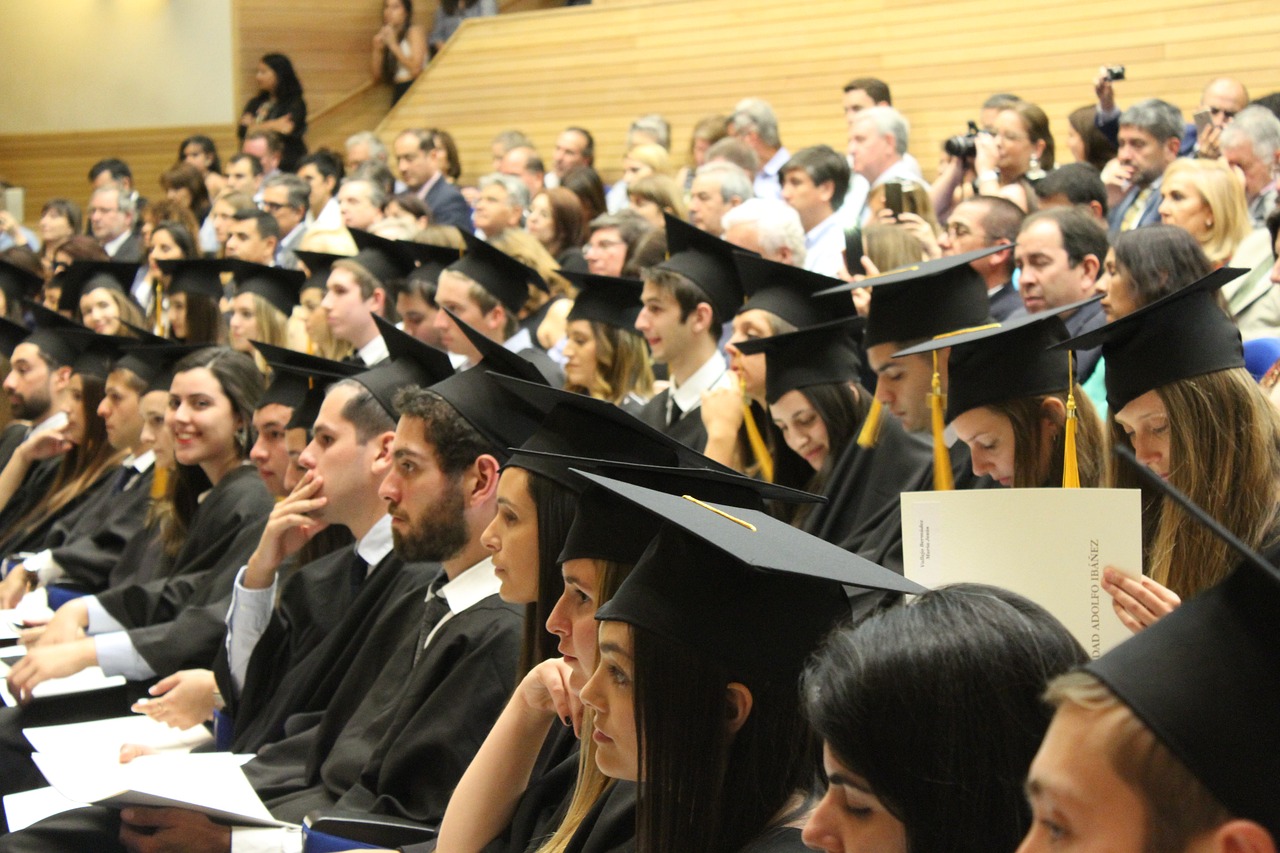
English undergraduate tuition fees are set to rise from £9,250 to £9,535 in the coming year, a disappointment for prospective uni students already feeling the sting of the cost of living crisis. Meanwhile, American students faced a 5.5% rise in tuition on average this year too, on top of the notoriously high fees they already pay. Despite a higher median family income in the US, tuition per year can be three times more expensive than English fees, sometimes significantly more. Additionally, American undergraduate degrees always take at least four years to complete, adding an extra mandatory year of tuition to pay. And yet, in 2022, 4.6% (15.397 million) of the US population were undergraduate students, compared to 4.3% (2.937 million) of the UK. Americans are still “going to college,” but why are their universities so expensive and how do students manage?
It could be argued that Americans pay these prices because they can afford it. As I mentioned earlier, the median family income of an American family is £63,300 ($80,610), almost double the median family income of £34,500 found in the UK. However, the cost of living in the US must be taken into account. Because of unaffordable housing, healthcare, and transportation, the average living expenses are higher overall. Plus, this argument assumes that most students will receive complete financial support from parents. If they don’t, students have to trust that a degree will enable them to repay substantial student loans. These loans are obviously bigger than English ones and accumulate interest over time. Unlike in England or Wales, U.S. student loans aren’t forgiven after a set time if left unpaid, making them a much bigger commitment. Therefore, I don’t believe that American university tuition is affordable to those attending them at all. Instead, there are a few other explanations.
British and Irish universities are public, meaning they receive government funding. In contrast, the US is home to both public and private universities. Ivy League schools like Harvard and Stanford are private, relying on tuition, donations, and investments rather than government support. While private universities are considered more prestigious, this comes at a higher cost with tuition fees sometimes doubling those of their public counterparts. In 2024, the tuition and fees of an average private university would set you back $43,505 per year. For reference, that’s £34,147 per year for a minimum of 4 years, amounting to a total of almost £140,000 altogether. Despite these Universities being in the private sector, many argue that the government should intervene and regulate prices. The Biden-Harris administration claimed they had plans to make things more affordable by removing “hidden, surprise, and junk fees” from tuition, but nothing seems to have changed.
The alternative choice to attending a private university is to attend a public one. They’re almost always cheaper but usually come with sacrificing name recognition. Still, public universities like UCLA and the University of Michigan can be highly regarded too, with costs depending on whether you’re a resident of the state or not. In 2024 the average “out of state” tuition was $24,513, and $11,011 for in-state students, with prices varying between states. Even at an in-state public university, the average tuition over four years is still higher than anywhere in the UK. This is because states have recently cut funding to public education programs in order to finance other areas of the government that are currently under stress, like prisons and government debt. The rising cost of financing a University doesn’t help the matter either. Student tuition is now needed to fund public institutions, which kind of defeats the purpose of public education.
Rising tuition fees in both the UK and the US highlight broader issues of affordability and government funding. Despite it being universally unaffordable to obtain, a degree is still highly valued within the American job market. Those who can’t afford one face higher unemployment with lower wages, or they must take on crushing debt hoping to one day repay it while struggling with the cost of living. The Biden-Harris Student Debt relief plan was recently blocked by the Supreme Court, and President Biden’s loan forgiveness strategy is likely to be overturned by the incoming Trump administration. Until the wealthiest nation in the world figures out how to properly fund public education, regulate private institutions, or promote affordability through public amenities—any of which would be lovely—students and their families will continue to struggle in the pursuit of higher education.
Image: College Students Diploma Graduate, 2019 // Pixabay Content License



Average Rating